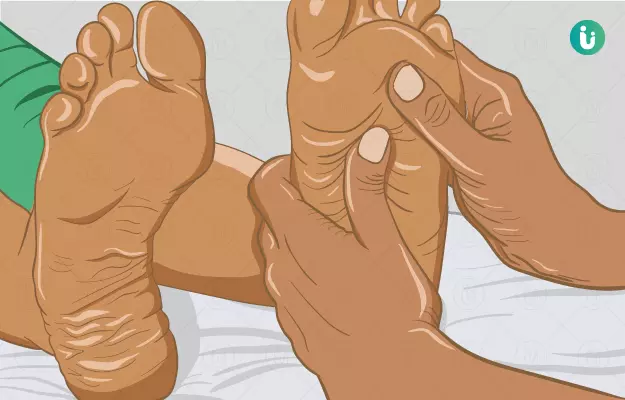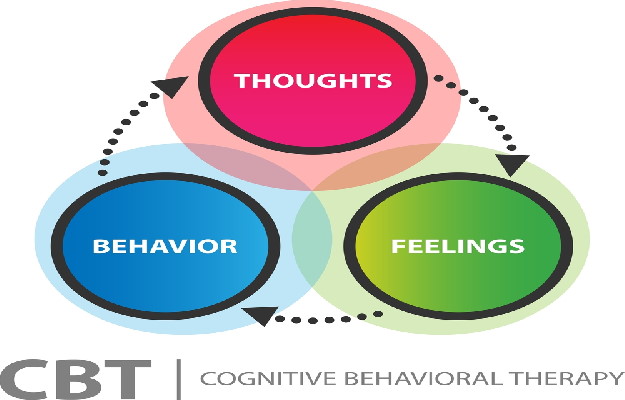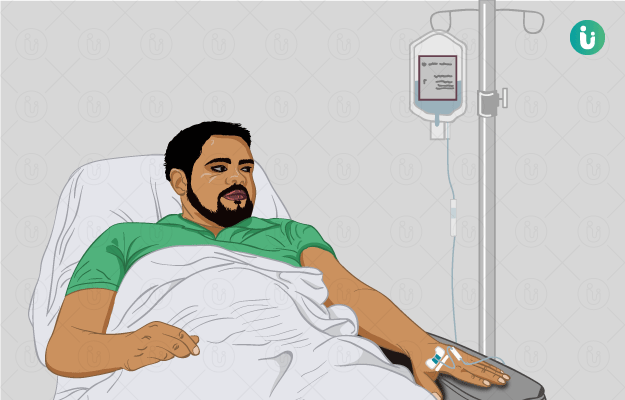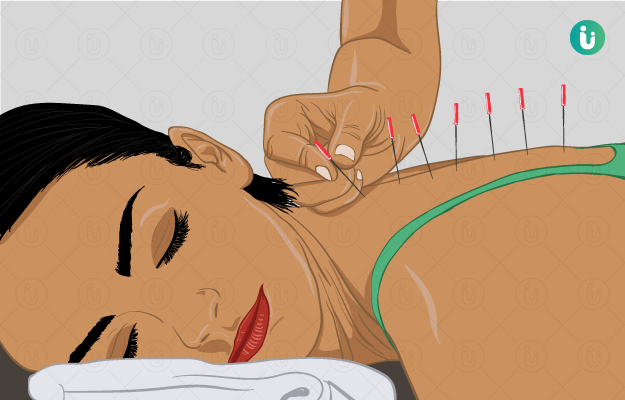Acupressure is a form of alternative medicine that is a part of Traditional Chinese Medicine (TCM) and is often used in conjunction with acupuncture, to which it is closely related. While some regard acupressure and acupuncture as pseudoscience, varying degrees of scientific evidence exists of beneficial effects of both. Research has proven benefits and improvement in the outcome of ailments treated with add on acupressure therapy. The original philosophy behind both acupressure and acupuncture in the olden times was based on the principle of “Qi'' (pronounced as “chee”), which was believed to be fluid and animated life energy source present inside a human. Well functioning, or well flowing, Qi was believed to be needed for mental and physical well being; any obstruction to said the flow was thought to result in ailments. Qi is thought to flow in predetermined pathways, or meridians, that connect different organs in the body. The points where these meridians intersect are regarded as special pressure points, stimulation of which can unblock and align the flow of the Qi of one’s body. The modern-day principle of acupressure can be described as stimulation of nerve-rich areas of the skin to influence the underlying tissues, glands, organs and overall functioning of the body, in a minimally invasive manner, by strategic application and modulation of pressure. Although acupressure can be administered by trained specialists and physiotherapists, self-acupressure practices, after proper training, can help patients manage their health concerns on their own as well. While acupuncture entails the placement of specialised needles in the skin, acupressure relies on the application of appropriate pressure on pressure points, usually by hand. Besides manipulation with fingers, thumbs and knuckles, a wide range of portable acupressure devices like elastic or inelastic bands and mats with protruding plastic points are available. These devices are easy to use and take patient comfort into account. Two types of portable and easy-to-use acupressure devices are available - devices that can either exert a constant level of pressure at specific pressure points or automatically modulate. Some examples of common acupressure devices include, but are not limited to:
- Acupressure footboard
- Massage footwear
- Acupressure mat
- Opto-mechatronic acupressure pen
- Various handheld acupressure applicator devices, etc.










































